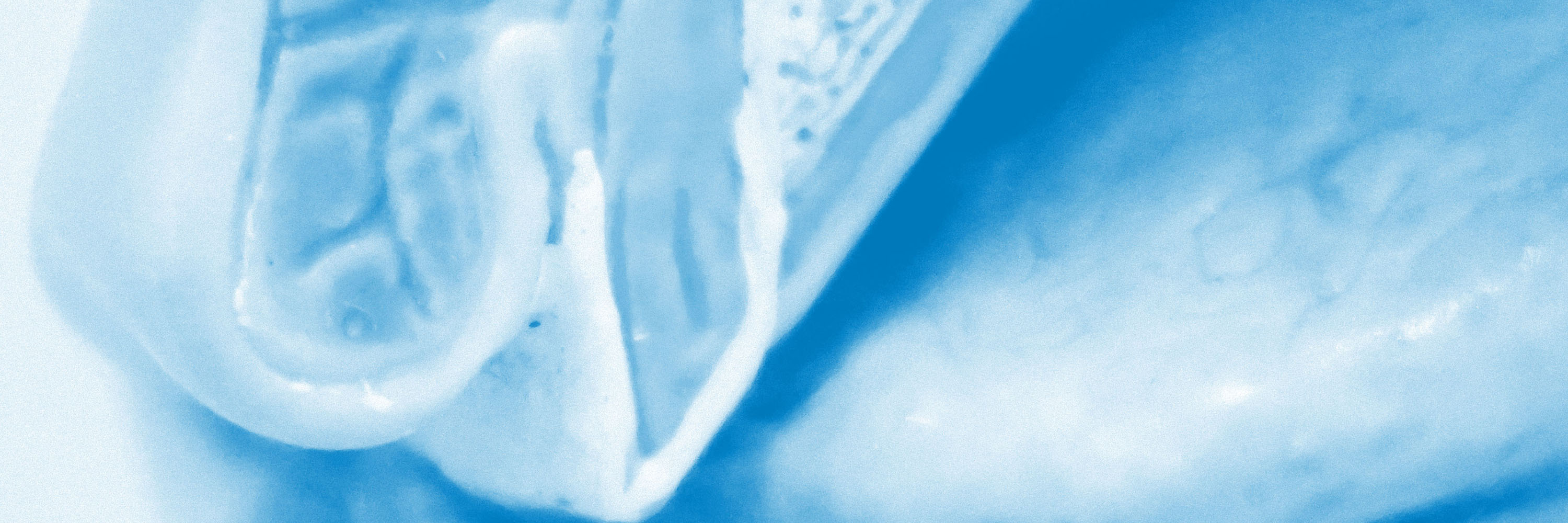- Article
Orofacial Myofunctional Factors at Ages Six and Eight
- Gloria D. Kellum,
- Sue T. Hale,
- Siphan Sisakun,
- Stephen C. Messer,
- Brooke A. Benson,
- Alan M. Gross and
- F. Watt Bishop
1 November 1989
In May, 1987, a longitudinal study of children's orofacial, dental and speech characteristics was initiated with the following objectives: ( 1 ) to determine the characteristics that were typical for certain ages; (2) to examine changes in those char...

